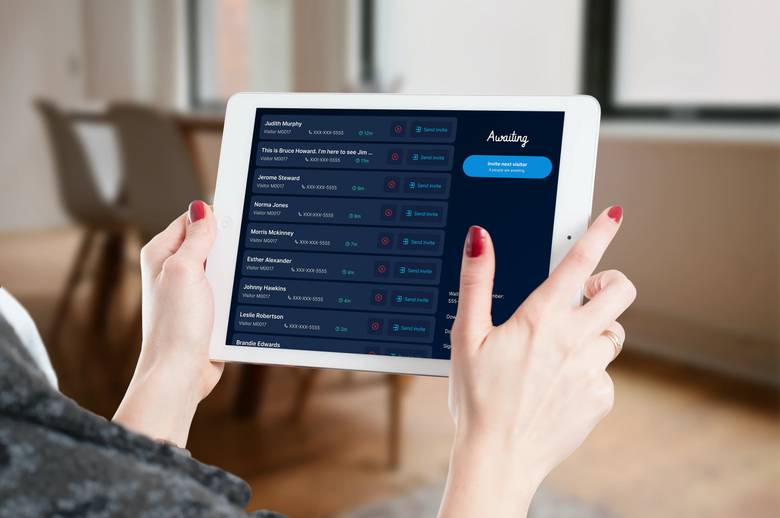Do you have an idea for an app but aren't quite sure where to start?
Are you looking to create a scalable company and be the CEO or leader, and need the technical role filled by others? Unsure of where to start with a Minimum Viable Product (MVP)?
Your time and money are severely limited when starting a business, so creating an MVP will give you the most bang for your buck. Your Minimal Viable Product will give you just enough features to enable you to send your product and get feedback to move forward with your development. You don't want to spend days creating a product just to find out that everything needs to be changed based on the feedback you receive.
Many developers, including Vaporware, uses the Lean Startup Model (see below) as the scientific approach to launching a MVP. This model eliminates uncertainty and helps you work smarter not harder.
Not technical? Take a deep breath. You don't have to be technical to build a Minimum Viable Product. In working with idealists like you, we've identified common mistakes to avoid and 7 tips to help you get started building your MVP. You don't have to learn the hard way.
Read this first...
1. Start with a Goal
The first step is so easy that you may have already done it! Before you spend any money, spend time thinking about your end goal, for-profit vs nonprofit, your personal role, what skills you can contribute to the company, and what gaps currently exist. These questions create your big picture and can be refined and refocused as you company develops.
2. Use the Lean Startup Process
Vaporware uses this customer-development focused process.
3. Focus a Theory
A MVP starts with a single, focused hypothesis. You'll test this theory in a financial-driven marketplace and get actionable feedback.
4. Socialize Your Idea
Now that you have your hypothesis, imagine the world is your friend and not out to get you. Share your idea with as many people as possible through socialization.
However, it's important to be careful when using socialization to promote your new tool. We've highlighted some of these negative impacts of socialization our post about the top 5 mistakes non-tech founders make with their MVP.
5. Get 2 Early Adopters
Early adopters are paying customers who are willing to use a rough product and give feedback.
6. Do It By Hand
Your early adopters have needs. Provide benefits and products to them before you start automating and building your software product. Now that you're familiar with the Lean Startup Process from above, you know that a core tenant of the Lean Startup Process is to manually test you MVP before you build it.
7. Test the Market
Time to build/create your emailing list! Your email list will allow you to start testing your market strategy and provide you with valuable insight to selling your products at scale.
Now that you have the pre-work done, start accelerating your MVP by continuing this guide with Vaporware's eBook that also includes insight into the first 4 revisions of your MVP and warning signs of what to do when faced with the elusive hockey-stick growth.
Vaporware's in-depth eBook, "Technical MVP Tips for the Non-Technical Startup Founder," is filled with Minimal Viable Product tips for the non-technical startup founder. The fill eBook guides you through how to launch an MVP quickly and efficiently based on common questions we see all the time in the startup community.
Connect with Vaporware and other startup leaders in the comments below and share how the eBook has helped you with your MVP. Simply click here, or the image below to get your copy of our eBook!





